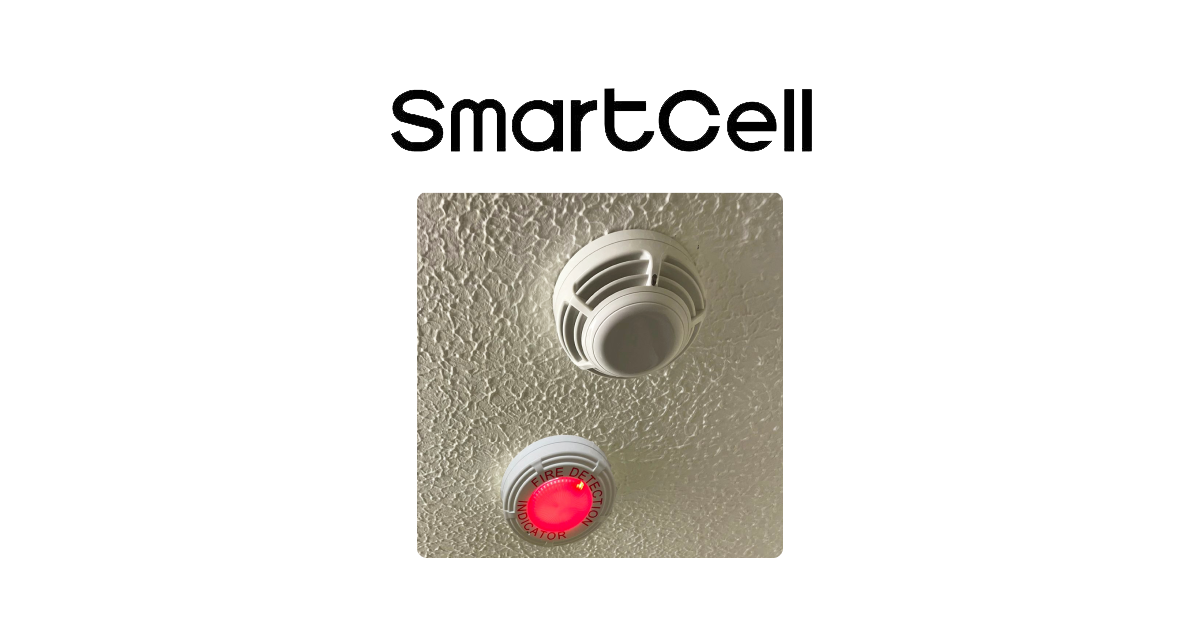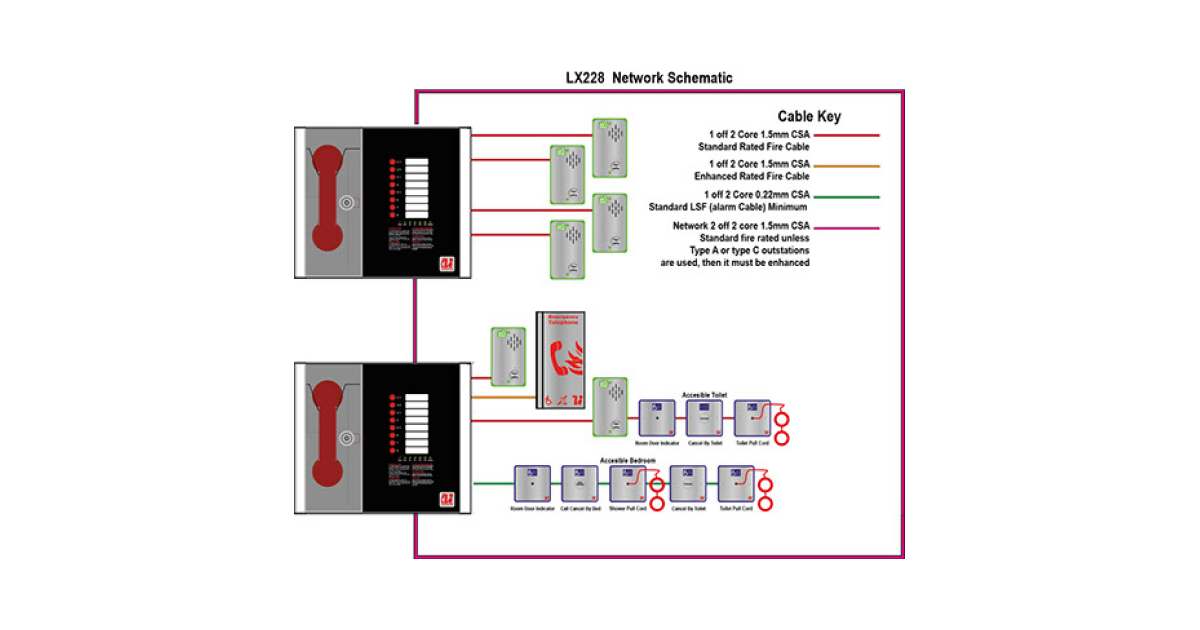
Where a fire alarm system is required both hardwired and wireless systems are fully compliant so the decision rests with the property owner, responsible person and/or installer. Many considerations should be taken into account when deciding which type of system is most suitable and we are often asked to help outline the pros and cons of each option.
We have compiled this guide which identifies the key decision factors and provides our assessment of how wired vs wireless systems stack up against each other for each.
Equipment Costs (Winner – Hardwired)
There is no getting away from the significant difference in the cost for the initial outlay of the kit. Whilst a hardwired fire alarm panel is fairly comparable in price with it’s wireless counterpart, the wireless devices are significantly more expensive.
To provide a gauge for this differential we looked at a typical fire system for a HMO which comprised of a 4 zone panel, 8 smoke detectors with integral sounder, 1 heat detector again with integral sounder and 4 manual call points. The hardwired system was based on the Infinity ID2 which also included 200m of fire rated cable plus fixings whereas the wireless system was based on the Zerio Plus. For this comparison the wireless equipment was 4.3 times more expensive.
Although the equipment price of a wireless system is substantially more than a hard-wired system, there are many scenarios where choosing to install a wireless system will provide many benefits and savings in the long run without any sacrifice.
Installation (Winner – Wireless)
On a brand new build where there is no difficulty running cables, as there may be containment in place or boards and plasterboard have not been fitted yet, then the choice to install a hard wired system is likely to be preferred as the labour costs for running the cables may be lower than the cost of buying a wireless system.
Installations on a building where the interiors are complete are more difficult. In order to install a hard wired system you will need to consider how the cable will be run. Containment such as trunking or conduit may need to be fitted to conceal the cables, or maybe floorboards will need to be lifted to gain access to voids where the cables will need to be run discreetly. Due to the labour time involved with this along with the cost of cable and containment, it will be more cost effective to consider the installation of a wireless system. Although the system will cost more than a hard wired system to purchase, there will be a substantial saving on the installation of the system.
All the devices are completely cable free and therefore will just require fixing in their location. The control panels and boosters are the only parts of the system which will require cabling, as they will require a mains supply.
For Zerio Plus wireless systems we provide a pre-programming service. Our customers simply clarify the zone and description for each device and we complete all programming prior to dispatch. This will result in you being able to install the system in a fraction of the time of a hard wired system, leaving you able to quickly move onto the final testing of the system and completion.
Based on the aforementioned HMO system the average installation time is estimated at between 4-6 days for the hardwired and only a single day for the wireless equivalent. This is reflective purely of the installation costs and therefore doesn’t factor in the reduced disruption of the wireless system which in many cases is a decisive factor.
Reliability (Winner – Hardwired)
This is perhaps the most common concern raised by our customers when considering wireless. The concern being once installed will their system be plagued by wireless coverage and battery issues?
In reality these issues are rarely apparatent providing a comprehensive site survey is conducted beforehand. These surveys will assess the wireless coverage throughout a building and importantly determine whether additional equipment is necessary to provide adequate coverage. Given the variance between buildings, without a survey you can make little more than an educated guess. At worst devices will simply not have sufficient coverage available to communicate with the system and even where they do, the signal levels may mean the devices need to work much harder to maintain communication which affects battery life.
In contrast hardwired systems are perceived to be very reliable, afterall what can go wrong with a piece of copper right? Generally speaking very little however it is worth noting that when changes are made to a building such as refurbishments cables can become damaged and wiring faults appear.
Running Costs (Winner – Hardwired)
To meet BS5839 both types of system fall under the same requirements in terms of servicing so these charges should be directly comparable.
In the case of a wireless system then each field device is battery powered and these batteries naturally have finite lifespan. Each manufacturer will claim various expected maximum battery lives however from our experiences systems should expect between 3-5 years.
Furthermore considerations should also be made as to how batteries are changed out. Whilst wireless systems will identify the exact device with low battery allowing battery upgrade to happen on an adhoc basis this may not always be the most cost effective option. In many cases having a period cycle for a full changeout may be more cost effective.
As with any fire alarm system servicing will uncover equipment which is not performing as it should and therefore requires replacing. As esteemed in the equipment costs above changing wireless devices will be more expensive.
Flexibility (Winner – Wireless)
When choosing to install a hard wired system, you will need to ensure that all cables are wired to the exact location where the devices will be fitted whereas wireless devices can be freely cited where required without having to worry about cabling implications.
Wireless devices also have the added benefit of being easily removed and relocated. So if a time comes when you are required to relocate to a new premises, you are able to disconnect the equipment and refit in the new premises.










